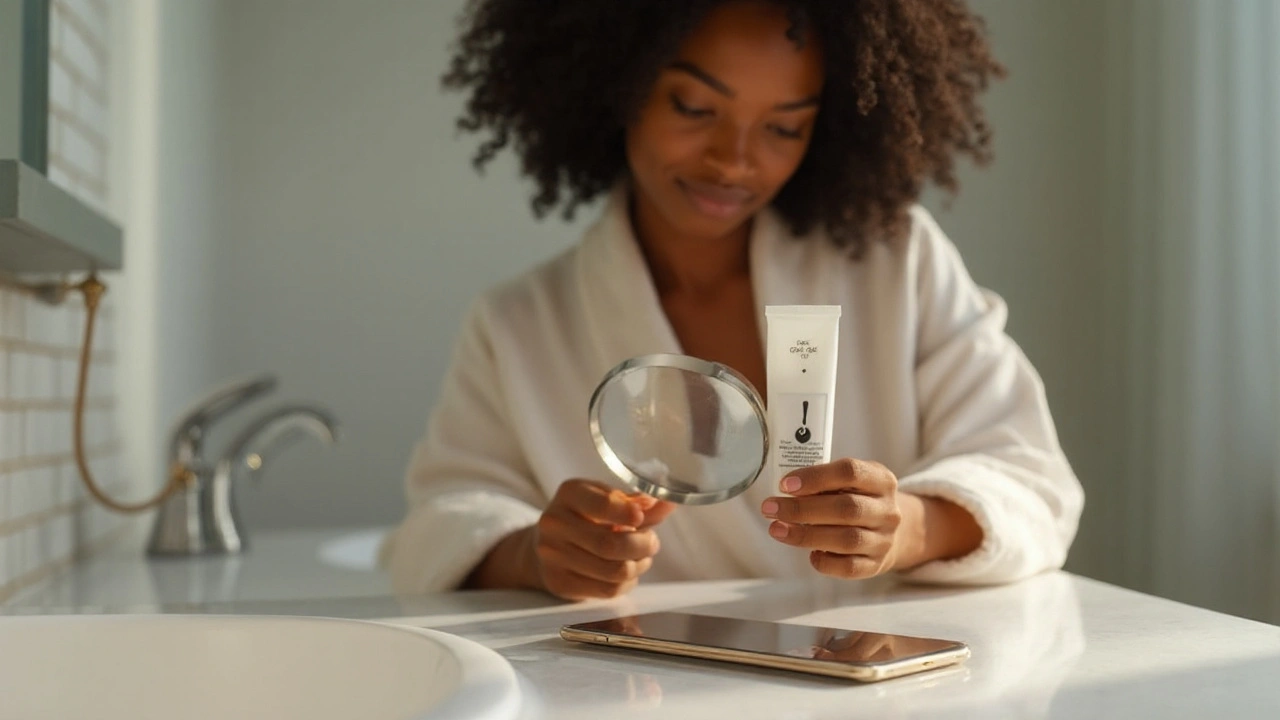Hydrocortisone in Cosmetics: What It Does and Why It Matters
If you’ve ever read a product label that mentions hydrocortisone, you might wonder why a steroid shows up in a beauty item. In short, hydrocortisone is a mild corticosteroid that can calm inflammation, reduce redness, and soothe irritated skin. That’s why you’ll see it in some after‑sun lotions, anti‑itch creams, and even certain makeup primers. The idea is simple: add a tiny amount of medicine to a cosmetic so the skin feels better while you’re applying your routine.
Common Cosmetic Applications
Manufacturers typically use hydrocortisone at concentrations of 0.5% or lower, which is low enough to avoid strong side effects but high enough to deliver relief. You’ll find it in products aimed at:
- Post‑procedure soothing gels (after laser, peeling, or micro‑needling)
- Anti‑redness foundations or tinted moisturizers for sensitive skin
- After‑sun sprays that calm sunburn irritation
- Itch‑relief creams for scalp or body itching caused by allergies or eczema flare‑ups
These items are marketed as “cosmetic‑grade” because they’re not meant to replace prescription steroids. They’re more like a friendly neighbor that helps your skin recover faster.
Safety Tips and Alternatives
Even a mild steroid can cause problems if you overuse it. Watch for signs like thinning skin, persistent redness, or a rash that gets worse instead of better. If any of those happen, stop using the product and talk to a dermatologist. A good rule of thumb is to limit hydrocortisone‑containing cosmetics to a few days at a time, especially on broken or highly sensitive skin.
When you’re shopping, read the ingredient list first. Look for “hydrocortisone” or “cortison” and note the percentage. If the label is vague, the product might be a counterfeit or contain a higher dose than advertised. In many cases, non‑steroidal alternatives like niacinamide, aloe vera, or colloidal oatmeal can give similar soothing benefits without the hormonal component.
Finally, keep your skin routine balanced. Hydration, gentle cleansers, and sunscreen are the foundation of healthy skin. Use hydrocortisone‑infused cosmetics only when you actually need that extra anti‑inflammatory push, and you’ll avoid most of the common pitfalls.

- Sep, 7 2025
- Comments 17